Segmented mirrors
Segmented telescope mirrors consist of many smaller mirrors acting in concert to collect and focus light. These mirrors provide enormous savings in weight and dramatically reduce the requirements of the mirror’s support structure. For large, space-bound optical systems, segmented mirrors may be the only viable option as they can be folded into a space vehicle and deployed after launch.
The challenge from a manufacturing standpoint is to build the most stable, lightweight, and high-resolution optical system possible, which requires some of the most advanced metrology available today.
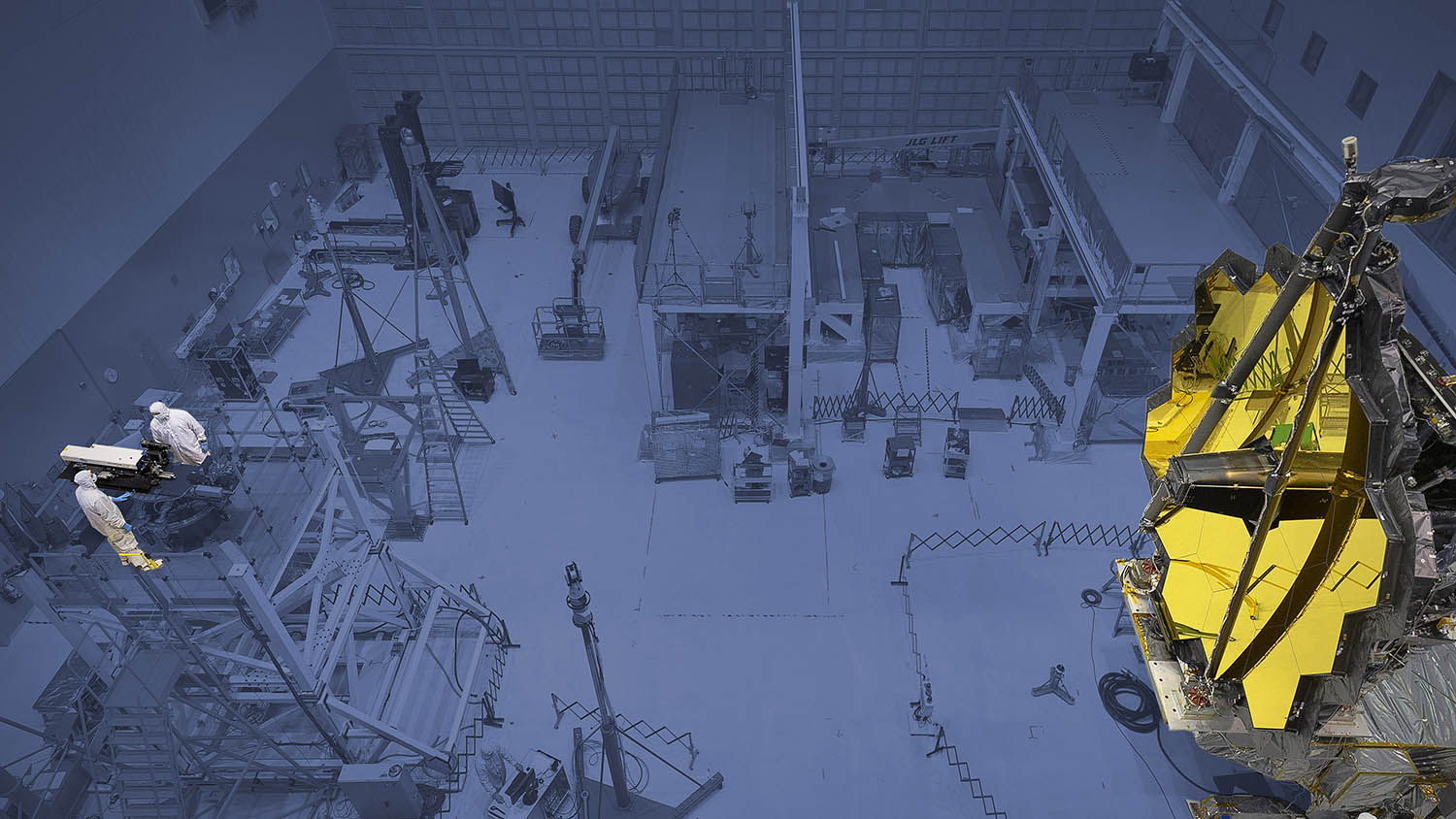
Monolithic mirrors are typically too heavy for airborne, space-based, and large terrestrial telescopes. For these applications, the optical systems are designed with many mirrors segments which together equal the light gathering of a single, large mirror. An example is the European Extremely Large Telescope (ELT), which, when complete, will use nearly 800 hexagonal segments for its primary mirror. Though the weight savings with a segmented primary mirror is enormous, the complexity of manufacturing and aligning the segments can introduce a new set of challenges.
4D PhaseCam Twyman-Green interferometers are the industry standard for measuring concave hexagonal mirror segments and large segmented mirrors. PhaseCams offer several important advantages over more traditional Fizeau instruments:
- Vibration-insensitive measurement enables use in challenging environments such as cryogenic-vacuum testing or over long measurement paths
- The design can be extremely compact, enabling use in tight spaces, or in difficult-to-access locations
- The on-axis design provides excellent accuracy, particularly when measuring spherical elements
- The ratio of power between test and reference is adjusted in a lossless fashion.
4D’s unique PhaseCam MW makes it possible to align mirror segments to sub-wavelength tolerances. This ability was critical to ensuring that the James Webb Space Telescope will be able to deploy and align its mirror components once it launches in 2019.
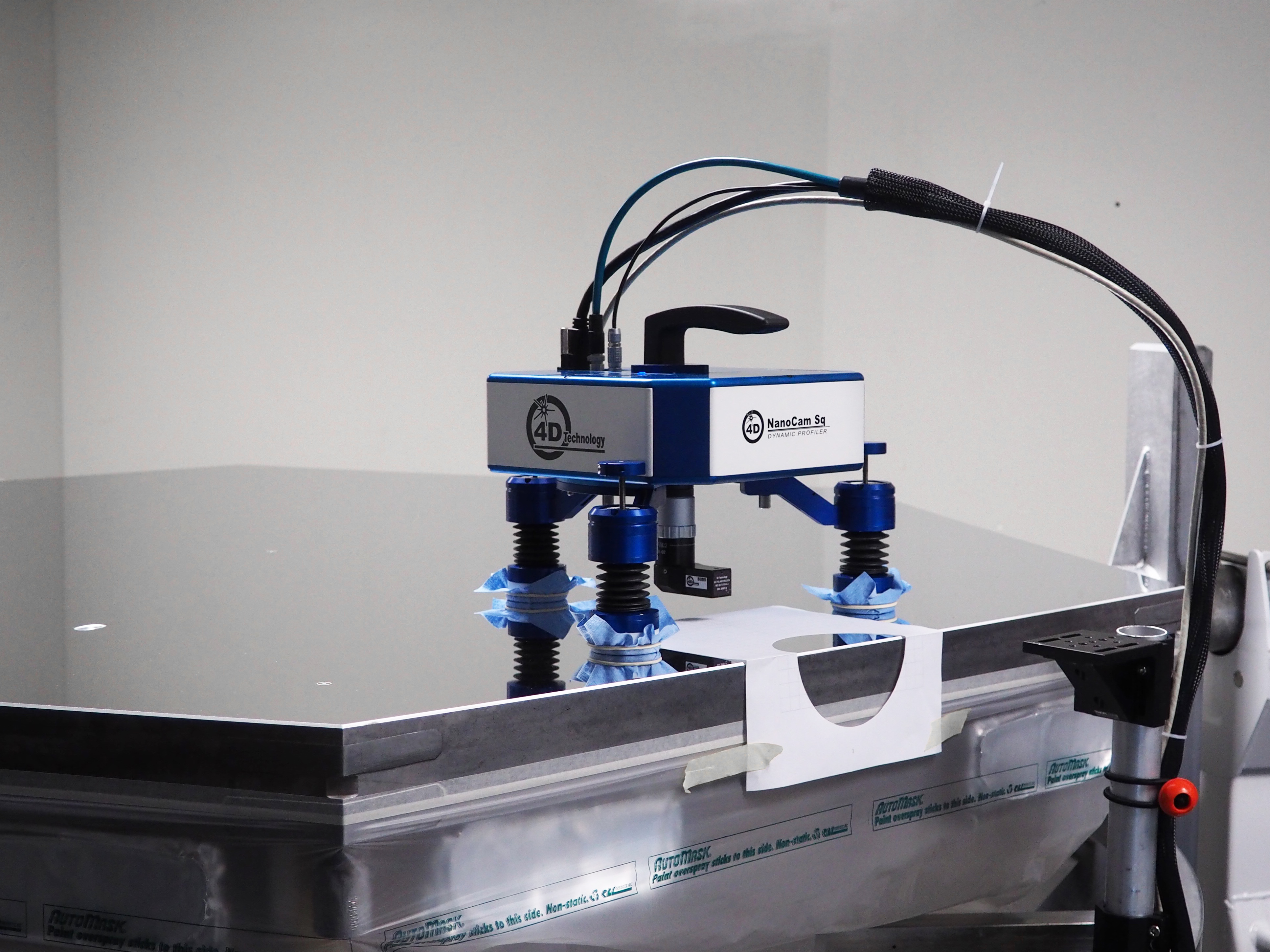
NanoCam HD surface profilers excel at measuring surface roughness for small and large mirrors. The portable NanoCam HD can be placed directly on a mirror or segment for measurement. It can also be chucked on a robotic positioner or gantry to measure anywhere on a large mirror, or mounted inside a segment polishing system to guide the operation.
Added Technical Resources
Optical Metrology for Space and Terrestrial Telescope Optics
A paper that explores how Dynamic Interferometry measures in adverse conditions, providing in-situ feedback and that allows for faster, more confident production of large mirrors and space-based optics.
Phase-shifting Multi-wavelength dynamic interferometer
An SPIE paper on the benefits of using 2-wavelength measurements to extend the dynamic range of an interferometric measurement.
Products for Primary Telescope Mirrors
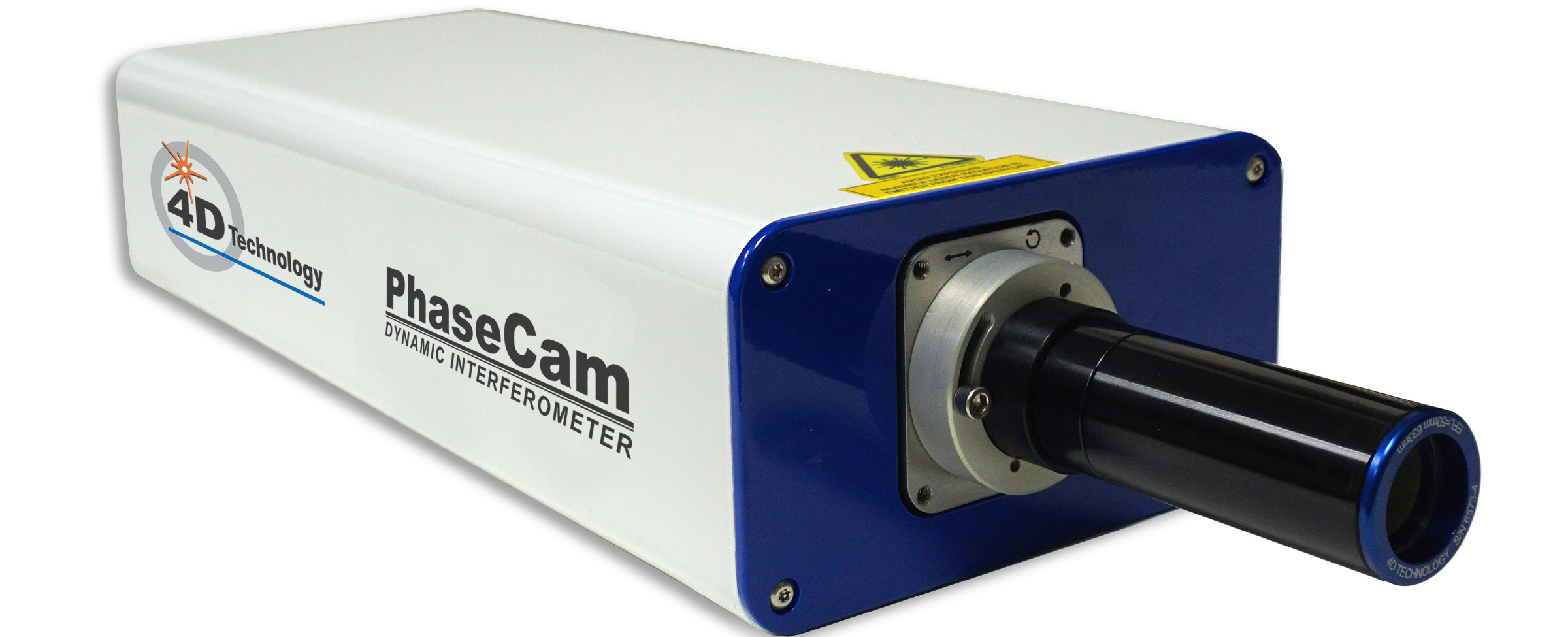
PhaseCam
PhaseCam Dynamic Interferometers are the industry standard for measuring concave primary mirrors and hexagonal mirror segments.
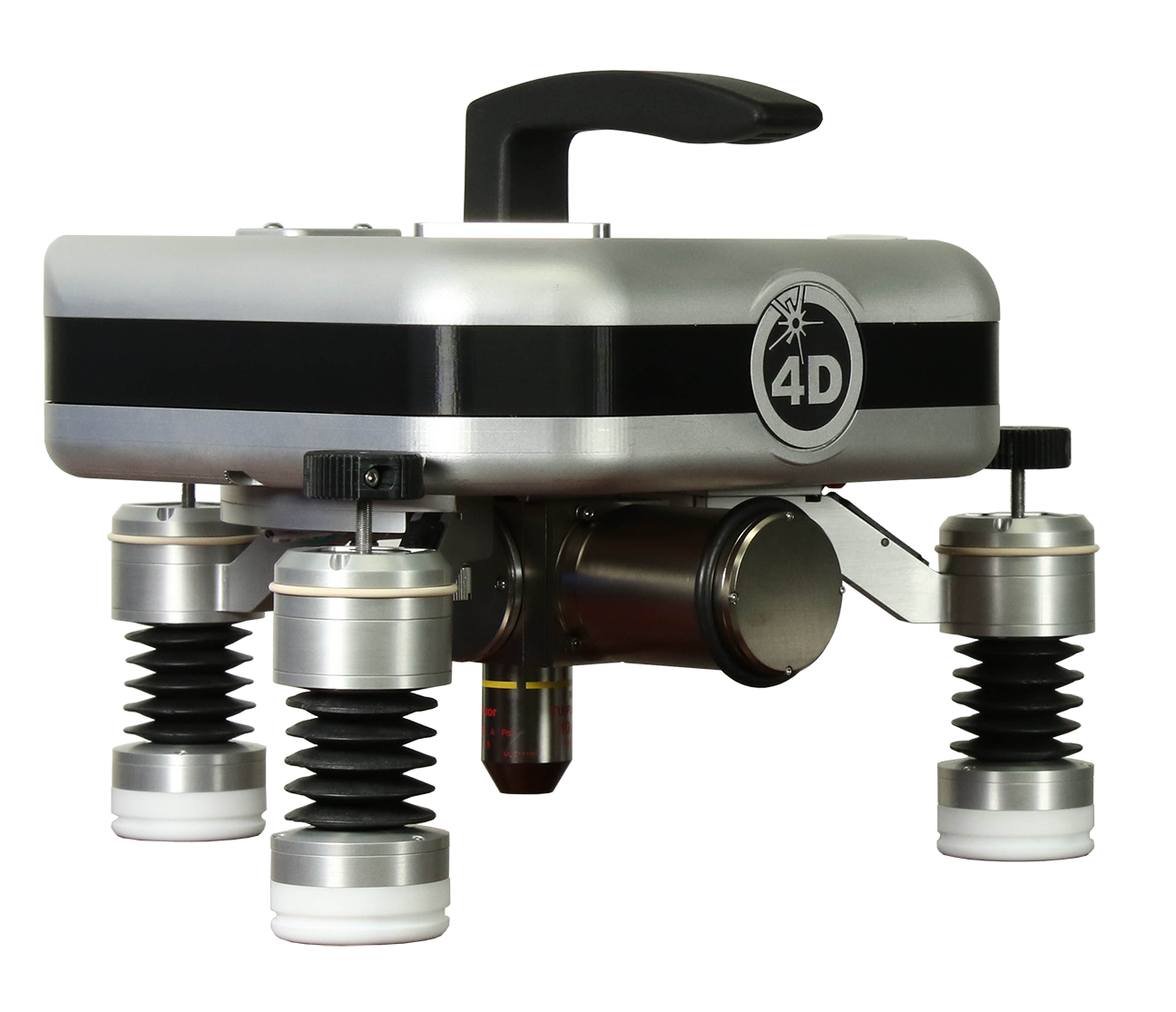
NanoCam HD
NanoCam HD surface profilers excel at measuring surface roughness for small and large mirrors. The portable NanoCam HD can be placed directly on a mirror or segment for measurement. It can also be chucked on a robotic positioner or gantry to measure anywhere on a large mirror, or mounted inside a segment polishing system to guide the operation.
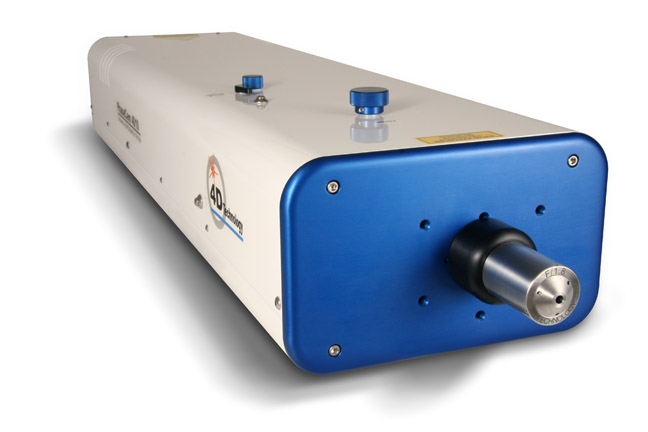
PhaseCam MW
PhaseCam MW makes it possible to align mirror segments to sub-wavelength tolerances.
Get In Touch
(520) 294-5600
Location
3280 E Hemisphere Loop, Ste 146
Tucson, AZ 85706
4Dinfo@ontoinnovation.com
Office Hours (Arizona Time)
Mon: 8am - 5pm
Tue: 8am - 5pm
Wed: 8am - 5pm
Thur: 8am - 5pm
Fri: 8am - 5pm
Sat: Closed
Sun: Closed
